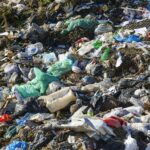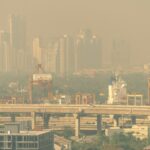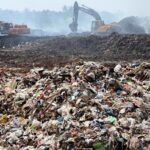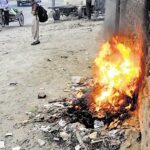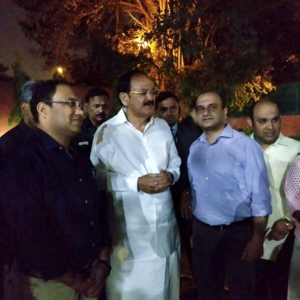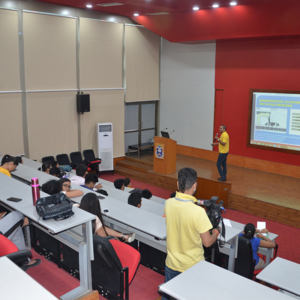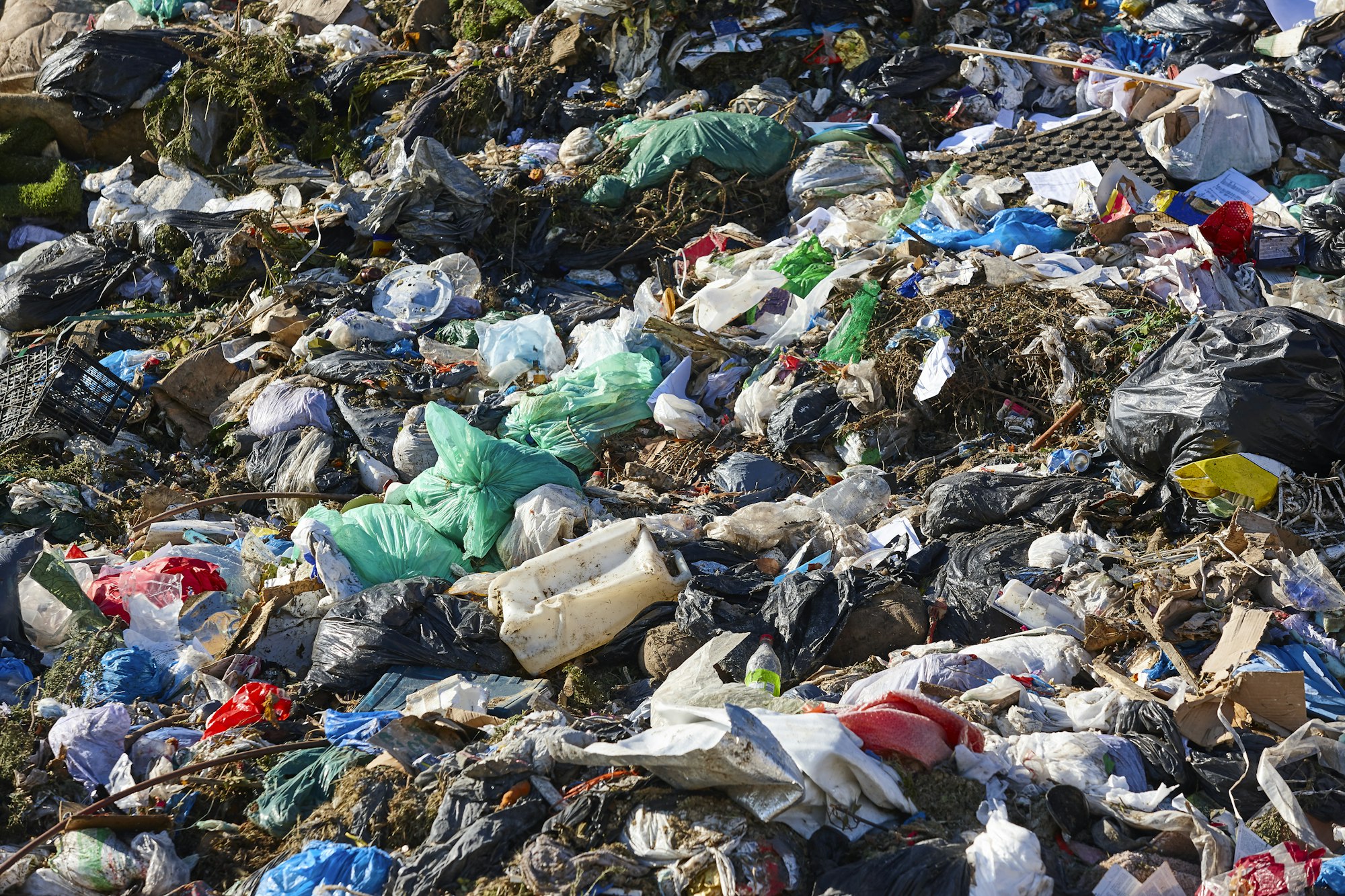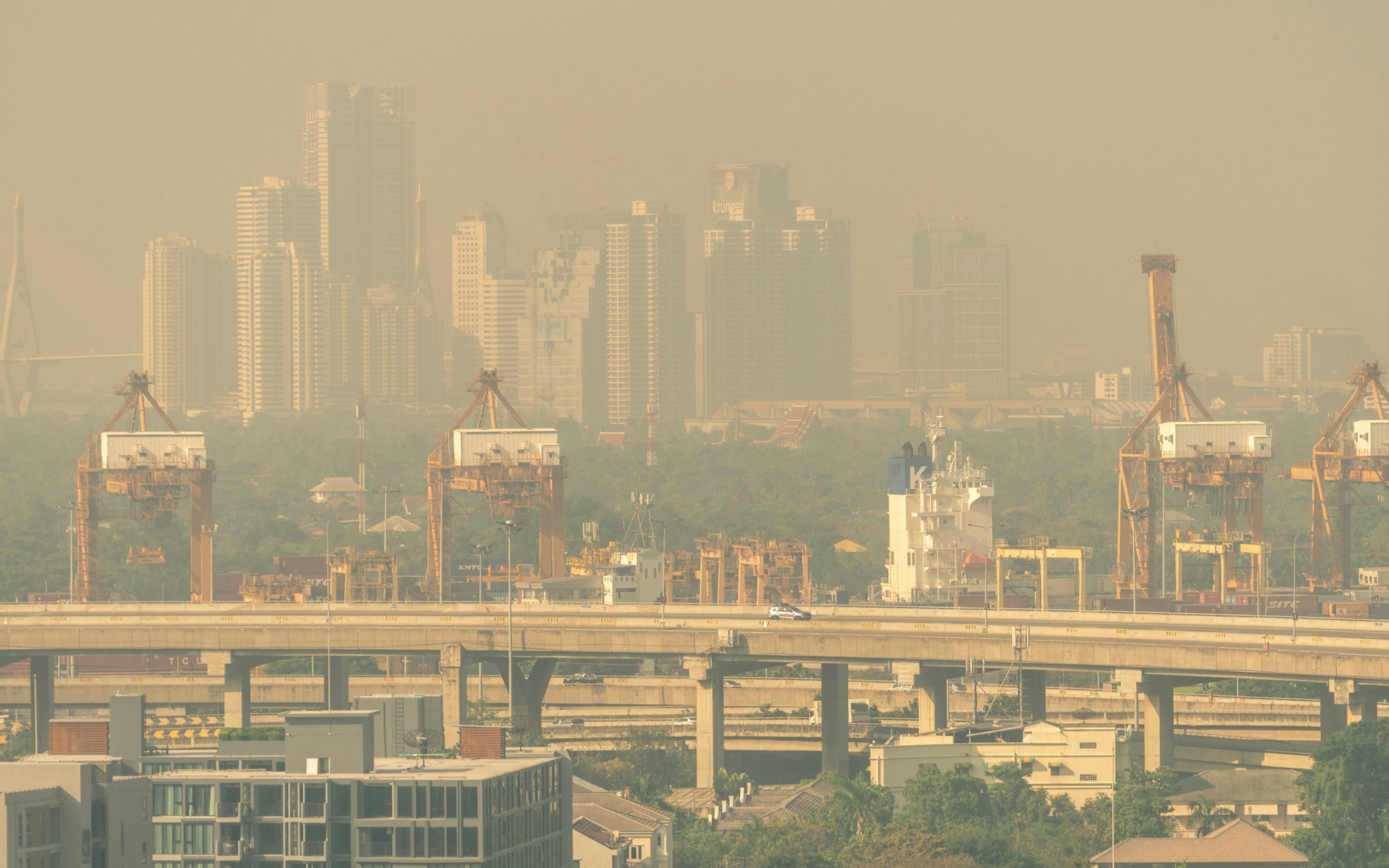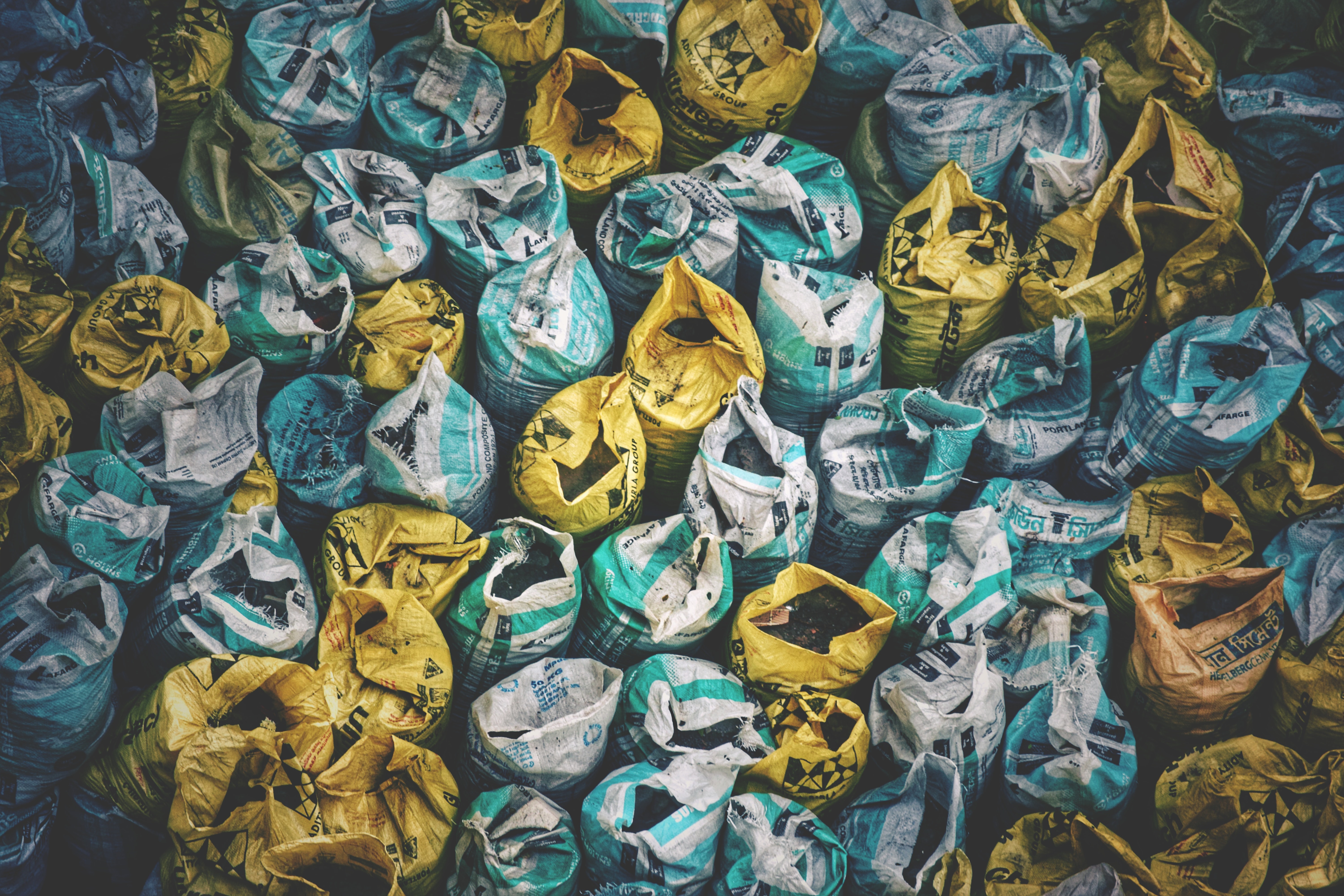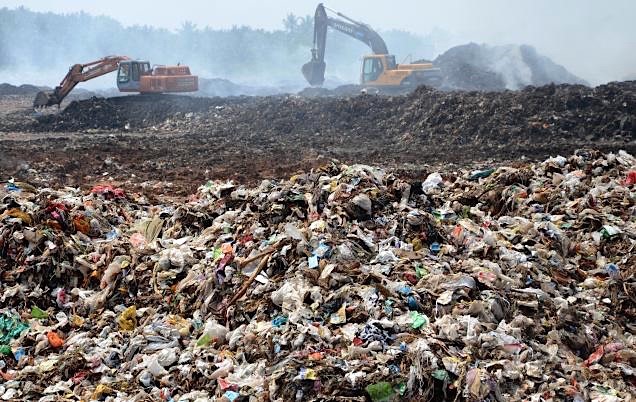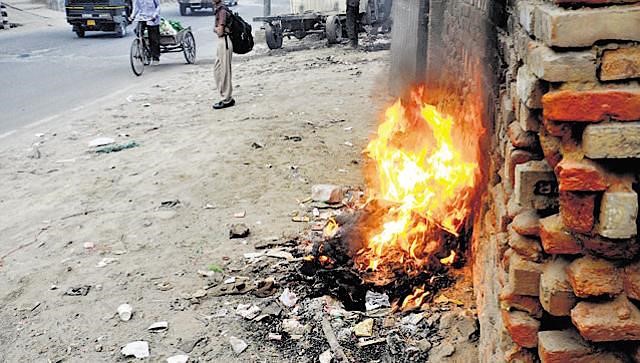Delhi: Smogulous Smoke House
This is the way the world ends…Not with a bang but a whimper!
~ T. S. ELIOT, The Hollow Men
No Love but Smog is in the air:
Air pollution across the country went up to alarmingly high levels amid Diwali celebrations on October 30, 2016 and thereafter. In Delhi, people woke up to smog with visibility up to 50 meters. According to air quality monitored by the Central Pollution Control Board, PM 2.5 and PM 10 in Delhi went up to 999 which is way more than the safe limit of 60 micrograms and 100 micrograms respectively. The key contributing factors for this smog is high pollution caused by the huge quantum of vehicles in Delhi, unchecked surge in construction, road dust and garbage burning. This was compounded by Diwali crackers and burning of paddy residue by farmers in Punjab and Haryana, near-still weather conditions and the onset of winter. As per Safar, under the Earth Sciences ministry, the proportion of pollutants from neighbouring states’ crop fires in Delhi’s air rose dramatically from almost zero on November 1 to a peak of 70% on November 6, 2016.
Other reasons for poor air quality in India is the burning of wood and cow dung for cooking and keeping themselves warm by poor class, particularly in the northern parts of the country in the winter months. These methods are popular even in Delhi amongst poor, who don’t have access to electricity or cleaner fuels. The dusts obtained from these processes have been found to contain organic and inorganic carbon, elements, and trace amounts of heavy metals among other toxic components.
What is PM and acceptable standards:
Particulate matter (PM) affects more people than any other pollutant. It is the sum of all solid and liquid particles suspended in air many of which are hazardous. This complex mixture includes both organic and inorganic particles such as dust, pollen, soot, smoke, and liquid droplets. The major components of PM are sulfate, nitrates, ammonia, sodium chloride, black carbon, mineral dust and water. These particles vary greatly in size, composition, and origin and thus their effects on the human body differ. The particles with a diameter of ≤ 10 microns (PM10), and ≤ 2.5 microns (PM2.5) are mostly studied by researchers since they are most common and can penetrate and lodge deep inside the lungs. India has standards for PM 10 and PM 2.5, however, PM 1 is still not regulated in India. The Government should come up with standards of ambient PM 1 concentration as soon as possible.
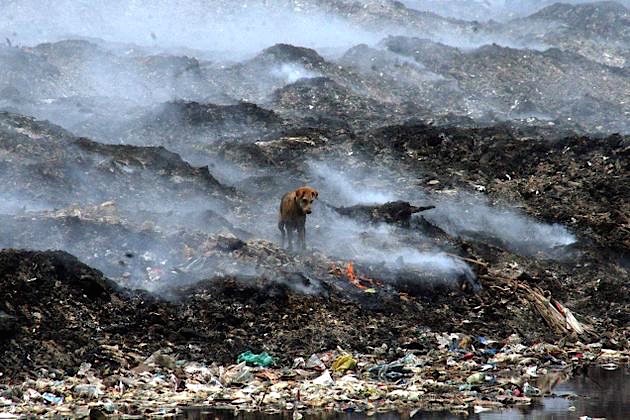
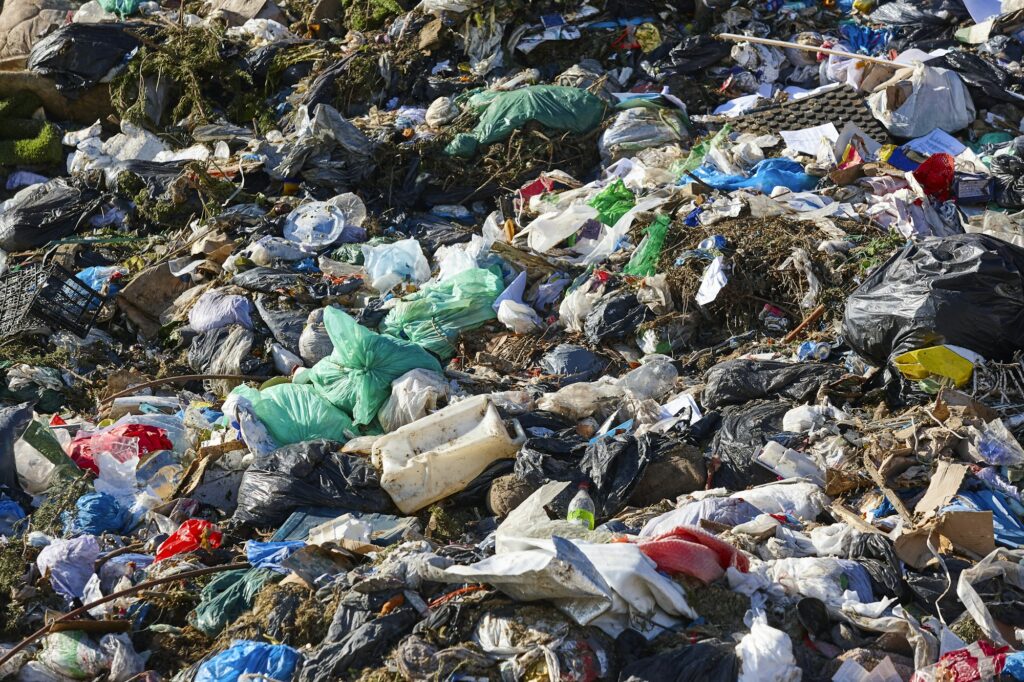
| PM size | Acceptable Concentration (μg/m3)/ Standards | Organization |
| PM2.5 | 25 μg/m3 24-hour mean | WHO |
| PM10 | 50 μg/m3 24-hour mean | |
| PM2.5 | 35 μg/m3 24-hour mean | EPA standards |
| PM10 | 150μg/m3 24-hour mean | |
| PM2.5 | 60 μg/m3 24-hour mean | NAAQS (India) |
| PM10 | 100μg/m3 24-hour mean |
[WHO- World Health Organization; EPA-Environmental Protection Agency;
NAAQS- National Ambient Air Quality Standards]
How it is like to be dying slowly in Delhi:
It’s scary but it has to be told. Delhi is the most polluted city in the world, according to the World Health Organisation (WHO), and doctors and scientists say the locals there are facing a public health crisis. It may be a shocker for many parents, but Delhi’s children have the weakest lungs when compared to youngsters from other metros. This has come to light from a study conducted by the HEAL Foundation and Breathe Blue, which shows that four out of every 10 children in the Capital suffer from lung problems. A worrying 21 per cent of the children surveyed in Delhi were categorised as ‘poor’ followed by 14 per cent in Bengaluru, 13 per cent in Mumbai and nine per cent in Kolkata. The worst affected are children who commute in unpacked vehicles as they are more exposed to dust particles in the air.
As per a 2015 report by Centre for Science and Environment (CSE), Air pollution is responsible for 10,000 to 30,000 deaths annually in Delhi and it is the fifth leading cause of death in India. Let us see how rising air pollution and dust in Delhi is a serious health hazard for everyone including adults and old people:
Current scenario and causes for Delhi becoming a Gas Chamber:
Prevalent conditions on November 6 onwards became so bad that schools in Delhi NCR had to be closed for few days as it was thought that outside air would be too toxic for school going children. Air pollution in Delhi’s National Capital Region (NCR) is comprised of a complex mix of pollution from human activities as well as natural sources like dust and sea salt. The heavy concentration of particulate matter is greatly affected by meteorological conditions – in the winter, cool air causes “inversions” that stagnant the air and trap pollution close to the ground. Air flow patterns from Afghanistan and Pakistan pick up emissions as they move over the densely urbanized regions of Punjab and Haryana where farmers burn the straw in their fields and pull this pollution into Delhi.
City activities add majorly to the air pollution and the main culprits are as follows:
- Burning of Solid Waste: The NCR generates 10,000 tons per day of municipal solid waste, much of which is eventually burned, adding particulate pollution to the air (Sarath Guttikunda, 2015). Apart from this, out of Delhi’s four landfills (Ghazipur, Bhalswa, Okhla, Narela) two of them are on fire, filling the air with toxic smoke that is threatening to derail the best efforts to combat current level of pollution. At Delhi’s largest garbage dump in Bhalaswa, on the the city’s northern border, thick smoke coming out of mountain of trash across 40 acres is a common sight. Also in Okhla, fire tenders have been called so many times to contain flames rising up from rotting garbage.
- Vehicular Pollution: Delhi has more than 7.4 million vehicles on its roads out of which around 2 lacs are heavy-duty diesel vehicles, which are more than 15 years old and 1 lac are more than 10 years old. Around 80 thousand trucks enter Delhi every night and big proportion out of this number are more than 15 years old. A recent real-time cross-border traffic survey done by CSE (Centre for Science & Environment) has exposed the stunning fact that the number of personal and passenger vehicles that enter Delhi daily (excluding trucks and light commercial vehicles) are close to the total number of vehicles that got registered in Delhi in one year in 2014-15. All these shocking number turns Delhi into “pollution hotspot”. Growing motorisation and dieselisation is continuously adding to the toxic risk in Delhi where the National Cancer Registry Programme shows highest increase in cancer risk among all metro cities. The single most common is lung cancer that is also associated with exposure to polluted air, especially by diesel and among all the fuels used in Delhi, diesel still remains the highest. With the number of vehicles on the roads increasing every day and space remaining the same, it results in lower speed of vehicles, reduced engine efficiency and increased emission levels.
- Rampant Unchecked Construction: Galloping urbanization brings massive construction projects in Delhi NCR and results in almost 5,000 tons of construction and demolition waste is generated in Delhi everyday. The transportation of construction materials in heavy-duty vehicles and the re-suspension of construction dust, which is then transported over long distances in open vehicles, cause the major dust pollution. Building materials contain silica in large amounts, which escapes the human body’s natural filter mechanism and thus affects lung functioning over time. . A study conducted by IIT Kanpur in Delhi last year showed that road dust contributed to 38% of PM 5 and 56% of PM 10 observed in the ambient air.
- Unauthorised Industrial Units: Polluting units in industrial clusters have been a menace in Delhi ever struggling to clean up its toxic air and dirty water. Thousands of factories in residential and other non-industrial areas have emerged as a much bigger threat, derailing the Capital’s stuttering war on pollution. These units spread across the city in areas such as Uttam Nagar, Nasirpur, Matiyala, Subhash Nagar, Vishnu Garden, Bindapur, Sitapur, Chanakya Place, Okhla, Patparganj, Mayapuri, Naraina, Samaypur Badli, Nazafgarh, Mandoli, Motinagar, Ghazipur, Libaspur, Anand Parbat, Wazirpur, Yamuna Vihar, Shastri Park, Mustafabad and are much more harmful for largely unsuspecting citizens because they escape the scrutiny of pollution watchdogs. According to a report submitted by Delhi-based NGO Toxics Link, there are more than 1 lakh industrial units operating in unauthorised, non-conforming zones located in residential areas, out of a total of 1.30 lakh industrial units in Delhi. This is a serious issue, affecting the health of the people. These industries are mainly highly polluting chemical, rubber, metal, asbestos, and plastic factories.
- Thermal Power Plants: India’s coal-based thermal power plants are some of the most inefficient in the world and have high pollution levels, said a two-year long study by the Centre for Science and Environment (CSE). Delhi has 5 such plants which are as follows: Badarpur Thermal Power Station, Rajghat Power House Station, Pragati Power Station, IPGCL’s gas turbine and the Rithala power plant. As per released environmental rating of the coal-based power plants in the country, NTPC’s Badarpur thermal power plant in Delhi is one of the most polluting units. There are other serious environmental impacts as well like all the units in Delhi were found to be violating air pollution standards, even when India’s air pollution standards are extremely lax. These thermal plants generates millions of tonnes of toxic ash, a by-product, (majority of which remains unutulised), which remain lies in dumps, polluting land, air and water.
How to break this gridlock?
For Waste Management:
- Strategies and implementation of policies for waste reduction, waste separation, recycling and reuse or waste reprocessing; as well as improved methods of biological waste management such as anaerobic waste digestion to produce biogas are feasible; low cost alternatives to the open incineration of solid waste. Heavy penalties should be imposed on municipal garbage burning with clear-cut accountability of zonal staff. Where incineration is unavoidable, then combustion technologies with strict emission controls are critical.
- Punjab and Haryana State Governments should take strict measures under the supervision of Central Govt. to act against biomass burning and teach farmers alternative use of paddy straw for energy and manure.
- Organic garbage should be transformed into compost and facilities should be created for plastic & e-waste recycling.
- The Delhi Degradable Plastic Bag (Manufacture, Sale & Usage) and Garbage (Control) Act 2000 should be strictly enforced for banning the manufacture and use of plastic bags.
- Landfills must be operated under strict regulations and more plants should be created at waste sites for capturing methane gas as an alternative to incineration (for use as biogas).
For Transport:
- The mode and the method of transportation should be remodeled such as introducing more comfortable public transport to avoid usage of private vehicles, promoting cycling to work and constructing dedicated pathways for the same, using electric or battery operated cars and two-wheelers.
- A Mass Rapid Transport System (MRTS) should be constructed with the aim of providing a non-polluting, useful and affordable rail-based MRTS for Delhi, integrated with other modes of transport.
- There should be a consistent effort to shift to cleaner heavy-duty diesel vehicles and low-emissions vehicles and fuels, including fuels with reduced sulfur content which is the need of the hour.
- All diesel vehicles, which are more than 10 years old, should be ban and de-registered in Delhi.
- Environment Compensation Cess should be levied to control heavy-duty truck traffic into Delhi.
- Immediately notify Euro VI emissions standards to be implemented by 2020.
For Urban Planning:
- Strict enforcement of “Construction and Demolition Waste Management Rules” which states that permission for building construction or any other infrastructure activity will not be given unless the waste generators submit specific plans to local authorities on how to dispose of the waste. Littering or obstruction to public drains, water bodies, traffic and direct dumping of construction and demolition (C&D) waste in landfill sites is completely prohibited under the rules that prescribe very comprehensive dos and don’ts for waste generators and civic agencies.
- Also directives of National Green Tribunal (NGT) should be strictly enforced which includes Ban of dumping debris in river, fine of Rs. 50,000 for improper storage and transportation of construction material, monitor the dust emission from construction activities and to enclose the construction site/cover the vehicles carrying construction material with tarpaulin, using windbreak barriers in construction sites to avoid dust getting transported.
- Road vacuum cleaners, water sprinklers/ mist fountains can also used to avoid dust re-suspension.
- The leaves of some trees (Birch, Mango, Guava, Fig,) have higher dust collecting capacity than others and therefore they should be planted in more quantities.
- Grass paving and applying gravel to a dirt road surface are other measures to reduce dust.
For Industrial Units Choking Residential Areas:
- The Government needs to implement integrated policies for factories and small-scale units by providing well-serviced sites for re-establishing small factories.
- Affordable housing for the labour families should be provided near to factories.
- Precise and accessible land records should be maintained so that no illegal construction of factories takes place.
- Bureaucracy should be overhauled completely to stop corrupt practices totally for land usage.
- Clean technologies should be implemented to reduce industrial smokestack emissions.
- Alert residents should also complain to National Consumer Complaints Forum if they get to notice any factory in their areas.
For Power Generation:
- In the long run increased use of low-emissions fuels; renewable combustion-free power sources (like solar, wind or hydropower); co-generation of heat and power; and distributed energy generation (e.g. mini-grids and rooftop solar power generation) is the only lasting solution.
- To control thermal pollution, make sure to maximize the efficiency of heat engines. When these engines reach an efficiency equal to 1.0, then it, theoretically, should convert all of its heat energy back into mechanical energy. That would mean that no extra heat would be produced into the environment.
- Reducing mechanical friction can also help, since friction results in heat production. This also reduces the amount of carbon dioxide being released into the air, which can help stop the green house effect.
- Because plants and trees can absorb carbon dioxide, it’s vital that more green plants and trees are planted, so they can help absorb and reduce the cause of the growing heat in the atmosphere.
At present, the immediate relief at sight to reduce the huge amount of dust and smog looming over the skies of Delhi is the wind speed and its direction, which can disperse the dust. Thus, we are left at the mercy of nature, which we, humans, have been deteriorating at a fast pace.
In nutshell, the processes involved in the atmosphere (natural and anthropogenic) are complex like a tangled ball of wool. But is has its loose ends! Thus, we need to join our hands to untangle this ball of wool and device & implement strategies to deal with this huge problem effectively for a better future and over a long period of time. Otherwise time has come…Act or Perish!

ALL CONTACTS
- A-148, 2nd Floor, Gujranwala Town, Delhi - 110009
- +91 98188 91223
- donations@kib.org.in
SUBSCRIBE
Never miss out on any news and updates by Keep India Beautiful.
- Keep India Beautiful. Copyright 2024

